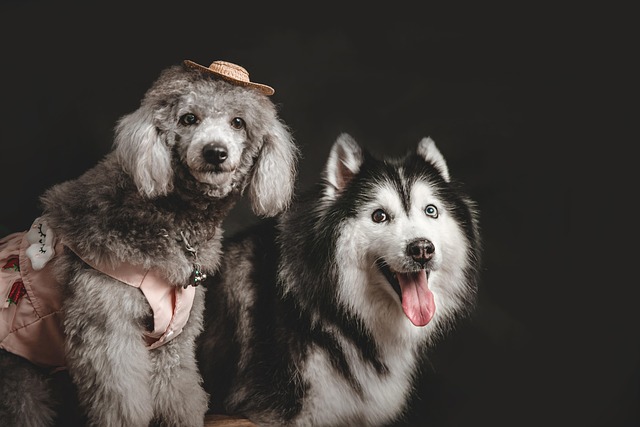
What is the best type of training for a dog?
There’s no one-size-fits-all answer to what makes the best dog training, but most experts agree that methods built on positive reinforcement tend to yield the most lasting results.
If you’ve stepped in a surprise puddle on your kitchen floor or found a “present” behind the couch, you’re probably desperate for a solution. House training a dog in a week sounds ambitious, but it’s doable with consistency—especially if you follow a simple routine. Let’s break down how to turn accidents into success.
Dogs thrive on predictability, and their bladders follow a schedule. Puppies can hold it about one hour per month of age (so an 8-week-old needs to go every 2 hours), while adult dogs can wait 4-6 hours. This is why timing is everything: Take them out first thing in the morning, after meals, after naps, and right before bed. A trainer in Arizona calls this the “5-5-5 rule”: 5 minutes after waking, 5 minutes after eating, 5 minutes after playing. “Stick to it, and accidents drop by 80%,” she says.
Day 1-3: Focus on the “go potty” spot. Pick one area in your yard (or a specific patch of grass near your apartment) and take them there every time, using the same phrase: “Go potty.” When they go, cheer like they just won a prize and give a tiny treat (freeze-dried liver works wonders). A friend in New York did this with her 12-week-old Poodle: “By day 3, she’d spin in circles when we got to the grass—she knew what to do!” If they have an accident inside, clean it with an enzymatic cleaner (soap just masks the smell, and they’ll go there again). Never scold or rub their nose in it—that teaches fear, not where to go.

Day 4-6: Add more freedom. Let them wander one room at a time, but keep a close eye. If they sniff the floor or circle, rush them outside. Praise and treat when they go. For apartment dwellers, use a crate when you can’t watch them—dogs hate soiling their “den,” so they’ll hold it. Just make sure the crate is big enough to stand and turn around, not a tiny box.
Day 7: Test their skills. Give them more space, but still stick to the schedule. Most dogs will catch on, though puppies might have occasional slip-ups—be patient. Remember, adult dogs (over 6 months) might take longer than a week, but the routine still works.
Culturally, house training is a basic responsibility in the U.S. Neighbors won’t tolerate indoor accidents, and cities like Chicago fine owners who let dogs pee on sidewalks (always aim for grass). Positive reinforcement is key—yelling makes them hide to go potty, which makes training harder.
Compliance checks: While house training isn’t regulated, keeping up with rabies vaccines is mandatory. And when you’re out, always carry poop bags—cities like Seattle fine up to $100 for forgetting, even if your dog is “still learning.”
In short, 7-day house training works with timing, consistency, and lots of praise. Stick to the plan, and you’ll be saying goodbye to accidents in no time.

There’s no one-size-fits-all answer to what makes the best dog training, but most experts agree that methods built on positive reinforcement tend to yield the most lasting results.
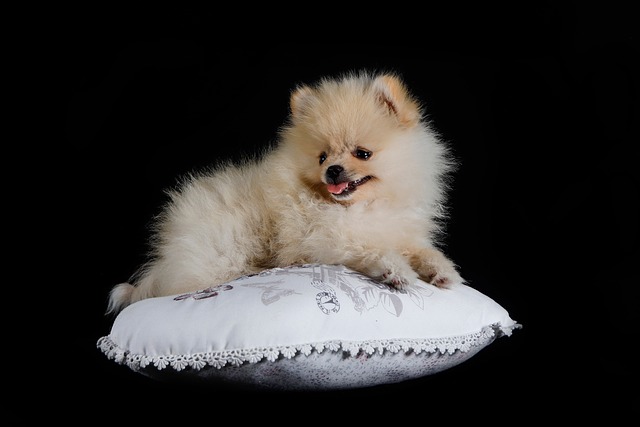
Welcoming an 8-week-old puppy into your home is a joy filled with wiggly tails and endless curiosity. One of the first steps in building a strong bond is teaching them their name.
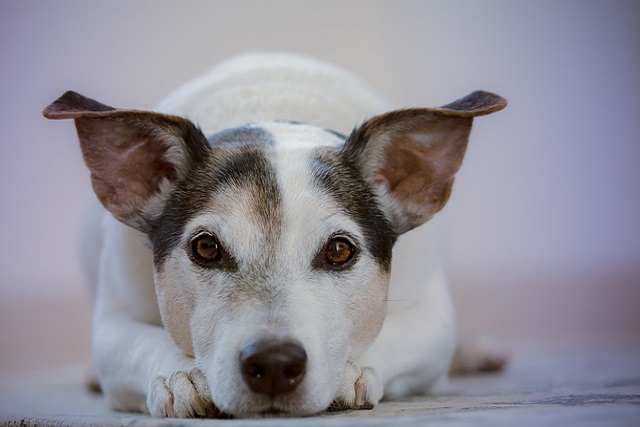
If you’ve ever sat up at night, listening to your gray-muzzled dog pace back and forth, stopping to whine or stare at a wall, you know the worry that comes with a restless senior pup.
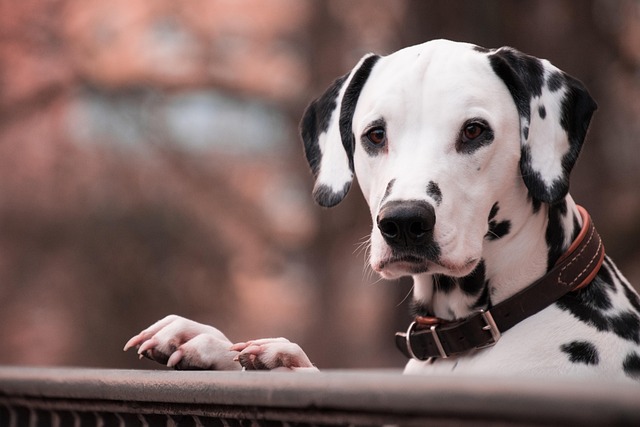
Training a service dog starts long before they’re ready to assist with specific tasks—their journey begins with building a foundation of trust, focus, and adaptability, and the timing of this training matters more than you might think.
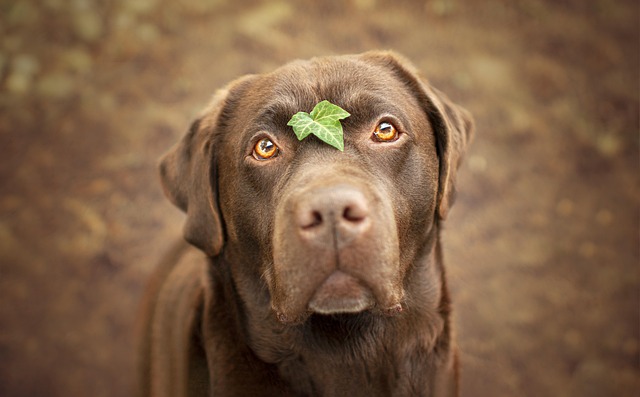
Watching a tiny puppy fumble through their first attempts to sit can feel like watching a little acrobat mastering a new trick.
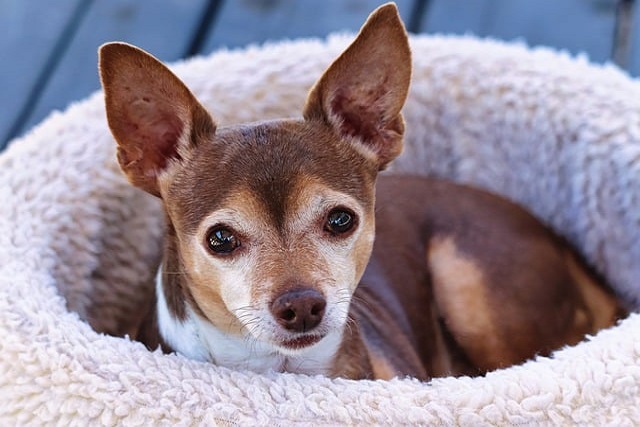
If you’ve ever found your flower bed dug up or your favorite shrub chewed to bits, you’ve probably searched for easy ways to keep neighborhood dogs (or even your own) out of your yard.